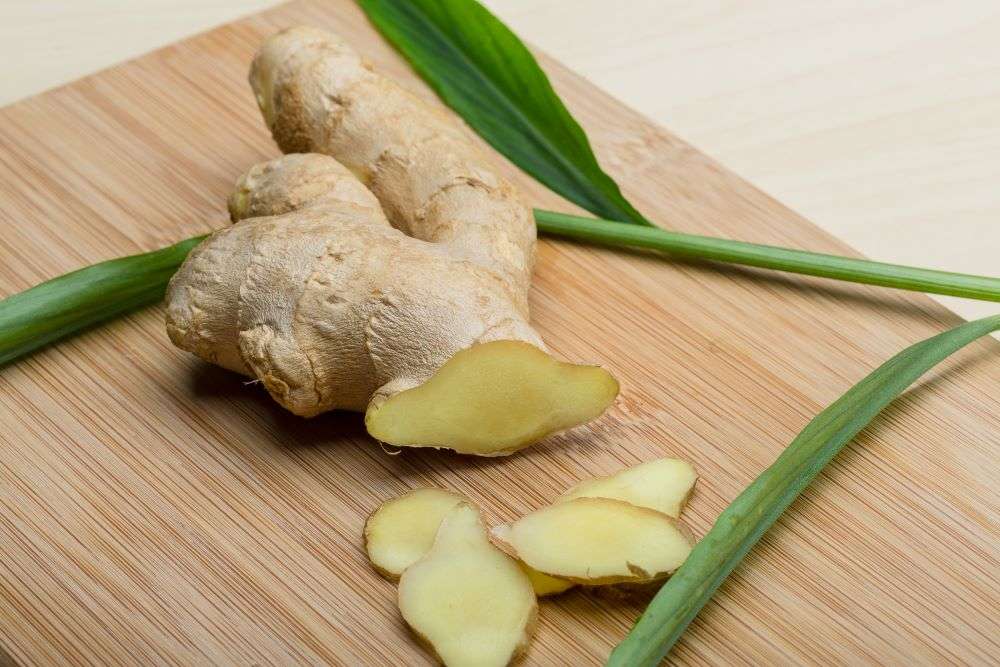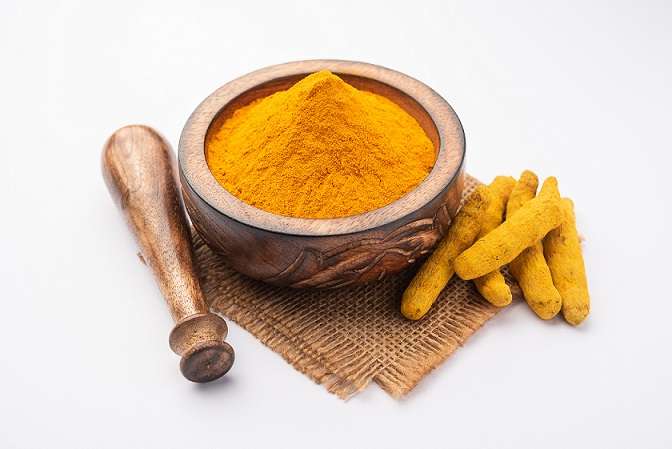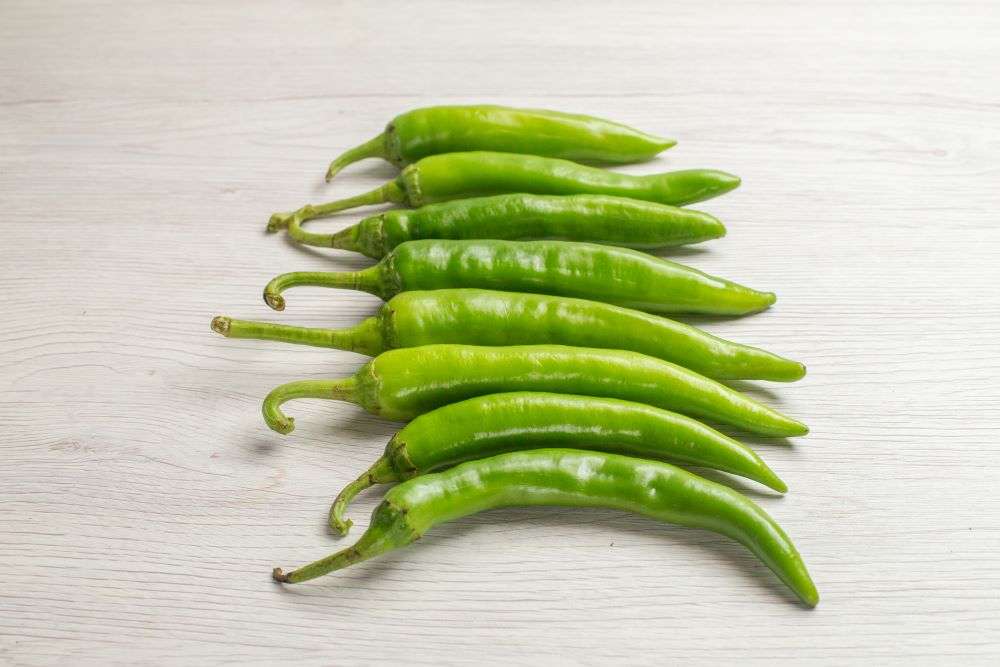India, a major spice producer, exports significant quantities of ginger worldwide. Driven by its unique flavor and health benefits, global demand for Indian ginger is rising. This article explores the export process, highlighting the factors that make Indian ginger a valuable commodity in the international market.
The Rich Heritage of Indian Ginger
Ginger, scientifically known as Zingiber officinale, has been cultivated in India for centuries. The country’s diverse climate and fertile soil provide the perfect conditions for ginger cultivation. Indian ginger is renowned for its strong aroma, pungent flavor, and high oil content, making it a preferred choice for culinary and medicinal purposes worldwide.
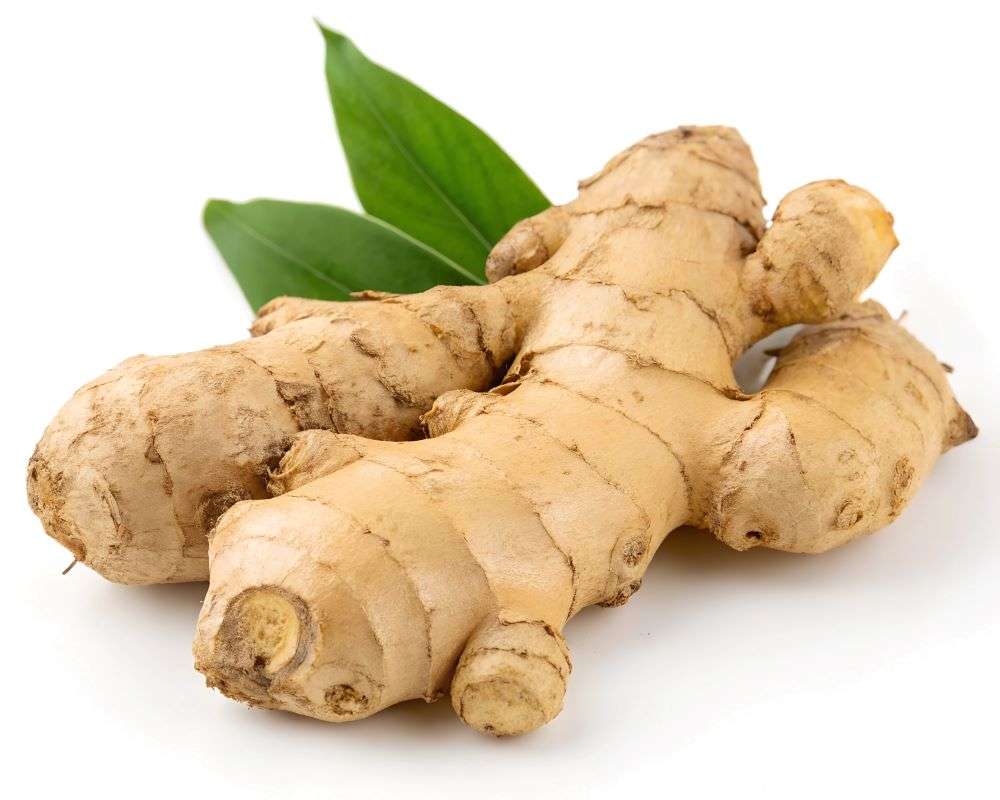
Key Export Destinations
India exports ginger to numerous countries across the globe. Some of the top export destinations include United States, United Arab Emirates, Saudi Arabia, Morocco, and Spain. These countries value Indian ginger for its superior quality and unique flavor profile. The demand for Indian ginger in these markets continues to grow, driven by the increasing popularity of ginger-infused products and the rising awareness of its health benefits.
Unique Selling Points of Indian Ginger
- Superior Quality: Indian ginger is known for its high oil content and strong flavor, making it a preferred choice for culinary and medicinal uses.
- Sustainable Farming: Many Indian ginger farmers practice sustainable farming techniques, ensuring minimal environmental impact and promoting soil health.
- Diverse Applications: Indian ginger is used in a wide range of products, including food and beverages, pharmaceuticals, and cosmetics. Its versatility adds to its global appeal.
- Health Benefits: Ginger is renowned for its medicinal properties, including anti-inflammatory and antioxidant effects. It is used to treat various ailments, from digestive issues to respiratory problems.
- Cultural Significance: Ginger holds a special place in Indian culture and cuisine. Its rich history and traditional uses add to its allure in international markets.
Innovative Usage of Ginger
Beyond traditional culinary and medicinal uses, ginger is being incorporated into various innovative products:
- Functional Beverages: Ginger-infused beverages like teas, health drinks, and even alcoholic beverages are gaining popularity for their unique flavor and health benefits.
- Ginger-Based Supplements: With growing awareness of natural health products, ginger supplements are becoming a popular choice for their anti-inflammatory and digestive properties.
- Cosmetic Products: Ginger’s antioxidant properties make it a valuable ingredient in skincare and cosmetic products, including creams, lotions, and shampoos.
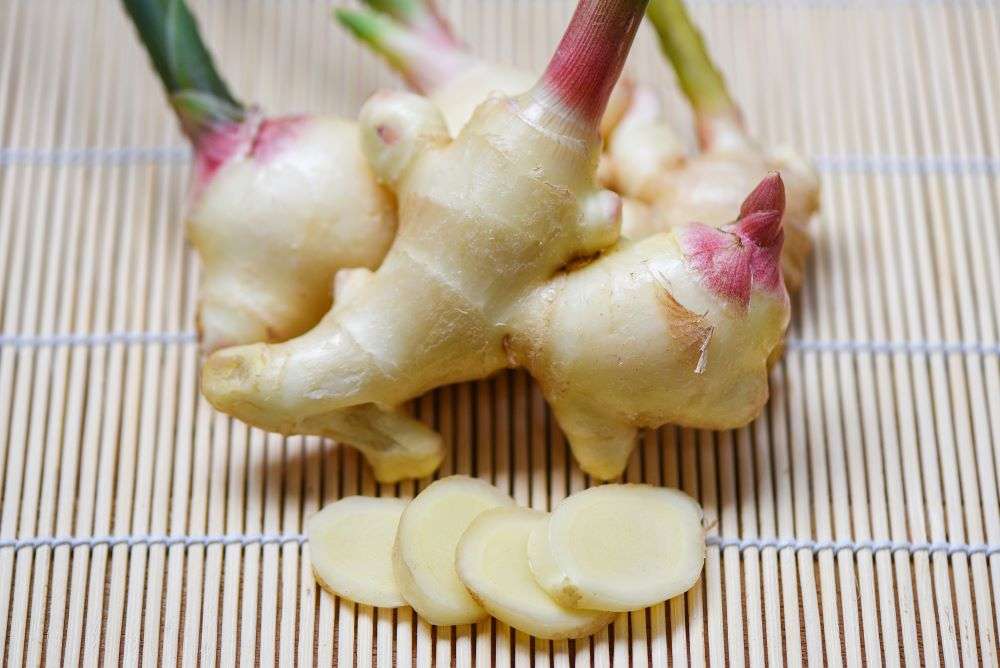
Challenges and Opportunities
While the export of ginger from India presents numerous opportunities, it also comes with its share of challenges. One of the primary challenges is the fluctuation in global market prices, which can impact the profitability of ginger exports. Additionally, ensuring consistent quality and meeting international standards can be demanding.
However, the growing global demand for natural and organic products presents a significant opportunity for Indian ginger exporters. By focusing on sustainable farming practices and maintaining high-quality standards, Indian ginger can continue to thrive in international markets.
Recent Developments
The ginger export market is influenced by factors like production levels in major producing countries (e.g., India, China, Peru), demand in importing regions (e.g., Europe, North America), and logistical challenges.
Information from Centre for the Promotion of Imports from developing countries provides valuable insights into the European ginger market. It shows trends, opportunities, and challenges for exporters.
– CBI
Trends in Sustainable Ginger Farming
Sustainable ginger farming is evolving rapidly, thanks to advancements in technology and innovative agricultural practices. Here are some of the latest trends that are shaping the future of ginger cultivation:
- Smart Agriculture: The use of IoT devices, sensors, and data analytics to optimize farming practices.
- Precision Irrigation: Systems that deliver water exactly where and when it is needed, minimizing waste and maximizing efficiency.
- Sustainable Soil Health Management: Practices such as crop rotation, cover cropping, and the use of organic fertilizers to improve soil fertility and structure.
- Integrated Pest Management (IPM): An eco-friendly approach to pest control that combines biological, cultural, and mechanical methods.
- Climate-Smart Agriculture: Adapting farming practices to mitigate the effects of climate change.
- Digital Agriculture Platforms: Providing farmers with access to valuable information and resources for better decision-making.
- Organic Farming: Promoting soil health and biodiversity through chemical-free farming practices.
The story of Indian ginger’s global success is a compelling narrative of tradition meeting innovation. From the fertile fields of India to bustling markets across the globe, this spice’s journey is a testament to its inherent quality and the dedication of the farmers and exporters who bring it to the world.
As consumers increasingly prioritize natural, sustainable, and health-conscious products, Indian ginger is set to further solidify its position as a leading commodity. By embracing advancements in sustainable farming, leveraging digital platforms, and maintaining unwavering standards of quality, India can not only meet but exceed the growing global demand.
The future of Indian ginger exports is bright, promising continued growth and prosperity for both farmers and the nation. With its unique flavor profile, potent health benefits, and deep cultural roots, Indian ginger is more than just a spice; it’s a valuable contribution to the global culinary and wellness landscape. And with entities like Indo Foods Export playing a vital role in this distribution network, the essence of India’s rich agricultural heritage is being shared with the world.

